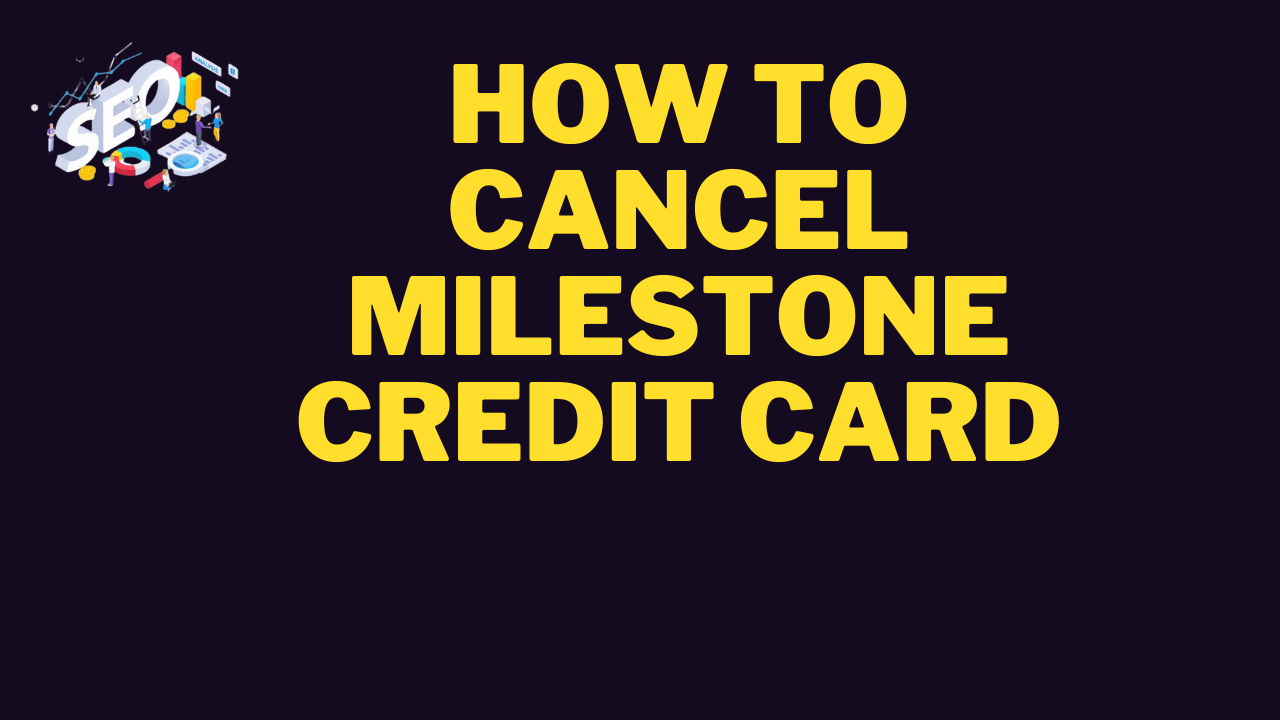Introduction:
Credit cards have become an integral part of modern-day financial transactions. Whether purchasing goods online, booking travel tickets, or paying for everyday expenses, credit cards offer convenience and flexibility like no other form of payment. However, with the myriad of options available and the potential pitfalls associated with their misuse, understanding credit cards is crucial for financial well-being. This comprehensive guide will delve into the world of credit cards, covering everything from their basics to advanced strategies for responsible usage.
Understanding Credit Cards:

At its core, a credit card is a financial tool that allows users to borrow money from a financial institution up to a predetermined limit. Unlike debit cards, which deduct funds directly from a linked bank account, credit cards provide a line of credit that must be repaid within a specified period, usually every month. This borrowed amount incurs interest if not paid in full by the due date.
Types of Credit Cards:
Credit cards come in various types, each catering to different needs and lifestyles. Some common types include:
Rewards Credit Cards: These cards offer rewards, such as cashback, travel miles, or points, based on the amount spent using the card.
Balance Transfer Credit Cards: Designed to help users consolidate debt, these cards allow to transfer balances from other credit cards at lower interest rates.
Secured Credit Cards: Geared towards individuals with limited or poor credit history, secured credit cards require a security deposit, which serves as collateral.
Business Credit Cards: Specifically tailored for business expenses, these cards offer perks such as higher credit limits and rewards on business-related purchases.
Key Features and Terms:
To make informed decisions about credit cards, it’s essential to understand their key features and associated terms. These may include:
Annual Percentage Rate (APR): The annualized interest rate charged on outstanding balances.
Credit Limit: The maximum amount a cardholder can borrow on a credit card.
Minimum Payment: The lowest amount a cardholder must pay monthly to maintain the account in good standing.
Grace Period: No interest is charged on purchases if the balance is paid in full by the due date.
Fees: Various fees may apply, including annual fees, late payment fees, and foreign transaction fees.
Benefits of Using Credit Cards:
When used responsibly, credit cards offer several advantages, including:
Convenience: Credit cards are convenient, especially for online and in-person transactions.
Rewards: Many credit cards offer rewards such as cashback, travel miles, or points, providing additional value for cardholders.
Build Credit History: Responsible credit card usage can help individuals build a positive credit history, which is crucial for future loan approvals.
Purchase Protection: Some credit cards offer purchase protection, including extended warranties and fraud protection, providing peace of mind to cardholders.
Managing Credit Card Debt:
While credit cards offer numerous benefits, they can also lead to debt if not managed responsibly. To avoid falling into debt traps, consider the following strategies:
Pay in Full: Whenever possible, pay the credit card balance in full each month to avoid accruing interest charges.
Monitor Spending: Keep track of your spending and stay within your budget to avoid overspending.
Avoid Minimum Payments: While minimum payments may seem convenient, they can lead to long-term debt due to accruing interest.
Utilize Rewards Wisely: Make the most of credit card rewards but avoid overspending solely to earn rewards.
Credit cards are powerful financial tools that offer convenience, flexibility, and rewards when used responsibly. By understanding their features, terms, and potential pitfalls, individuals can make informed decisions and harness the benefits of credit cards while avoiding common pitfalls such as debt accumulation. With proper management and responsible usage, credit cards can serve as valuable assets in achieving financial goals and enhancing overall economic well-being.
Updating Automatic Payments: If
When it comes to updating automatic payments, one important factor to consider is the possibility of changes in your financial situation. If your income, expenses, or banking information has undergone any modifications, it is crucial to update your automatic payments accordingly. Failing to do so can result in missed payments, overdraft fees, or issues with your credit score.
Another scenario where updating automatic payments becomes necessary is when you switch to a new bank account or credit card. Whether you are moving to a different financial institution or simply upgrading to a new account, it is essential to update your automatic payment details. This ensures that your bills and subscriptions continue to be paid without interruption and prevents any potential complications or failed transactions. Taking the time to update your automatic payments whenever there are changes in your financial situation can help you maintain control over your finances and avoid unnecessary hassles.
What are automatic payments?
Automatic payments refer to a convenient way of paying bills or recurring charges automatically without the need for manual intervention each time.
How can I update my automatic payments?
To update your automatic payments, you will need to follow the specific instructions provided by the service or company handling your payments. Typically, you can do this by logging into your account or contacting the customer support department.
Why would I need to update my automatic payments?
There are various reasons why you might need to update your automatic payments. Some common reasons include changes in payment methods, updating billing information, modifying the payment amount, or canceling the automatic payment altogether.
Can I update my automatic payments with any service provider?
Not all service providers or companies offer the option to update automatic payments. It depends on the specific service or company you are dealing with. It is always recommended to check with the respective provider to confirm if updating automatic payments is possible.
How often should I review and update my automatic payments?
It is advisable to review and update your automatic payments periodically, especially when there are changes in your financial situation, billing information, or payment preferences. It’s a good practice to review them at least once a year or whenever there are significant changes.
Will updating my automatic payments affect my billing cycle?
In most cases, updating your automatic payments should not affect your billing cycle. However, it is essential to confirm this with the service or company handling your payments as there might be specific terms and conditions that apply.
Can I update multiple automatic payments at once?
The ability to update multiple automatic payments at once depends on the payment system or service provider. Some providers offer a centralized platform where you can manage all your automatic payments, while others may require you to update each one individually.
What should I do if my automatic payment fails after updating?
If your automatic payment fails after updating, you should immediately contact the service or company responsible for processing the payment. They will be able to assist you in identifying the issue and rectifying it accordingly.
How can I cancel an automatic payment?
To cancel an automatic payment, you typically need to log into your account or contact the customer support department of the service or company handling the payments. They will provide you with the necessary steps to cancel the automatic payment.
Is there a fee for updating automatic payments?
Whether there is a fee for updating automatic payments depends on the service or company you are dealing with. Some providers may charge a fee for certain changes, while others may offer this service free of charge. It is recommended to review the terms and conditions or contact the provider to understand any associated fees.

